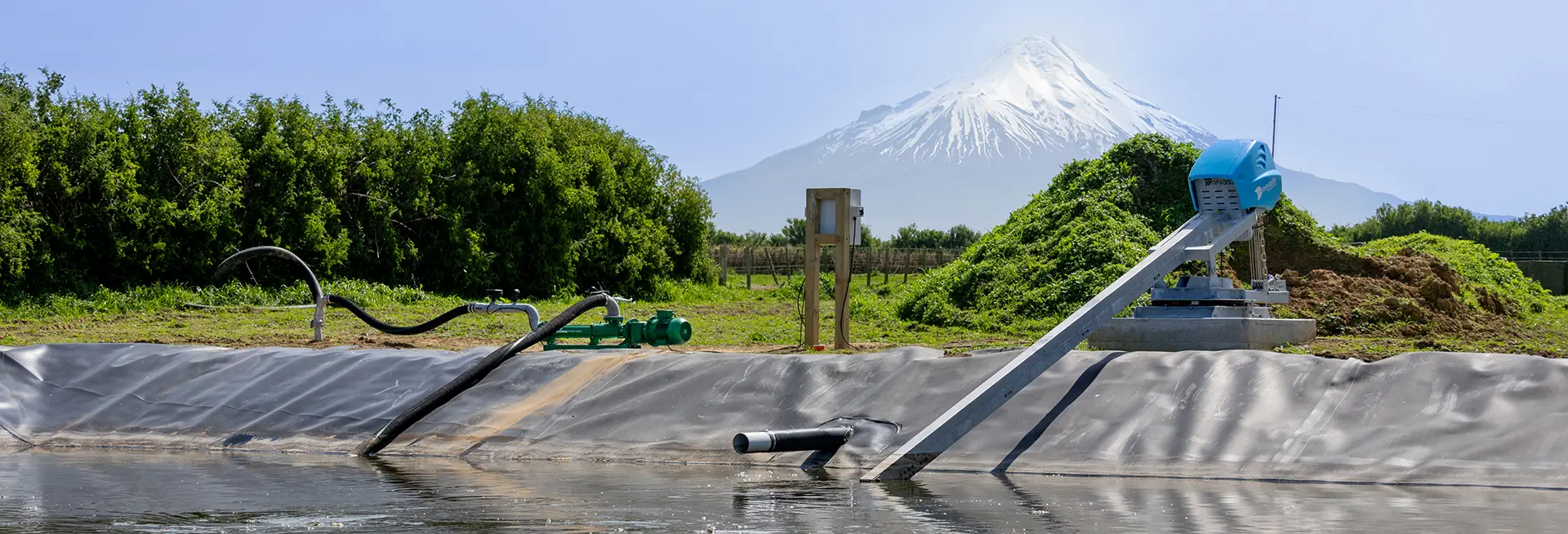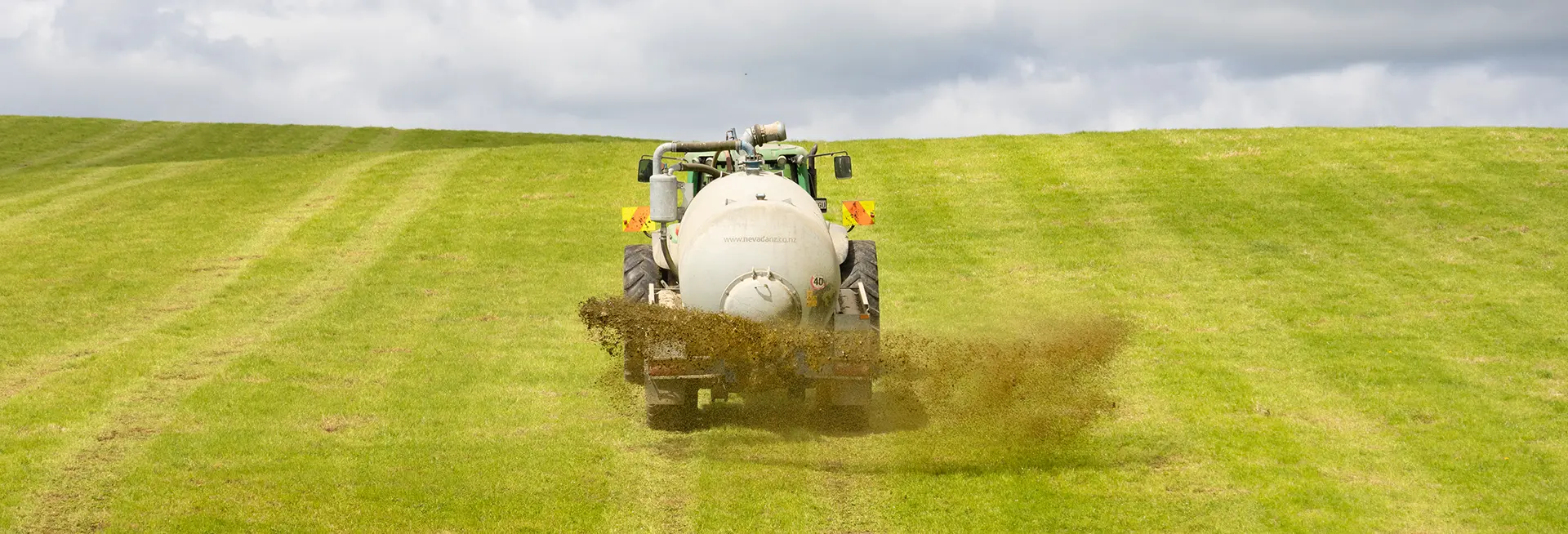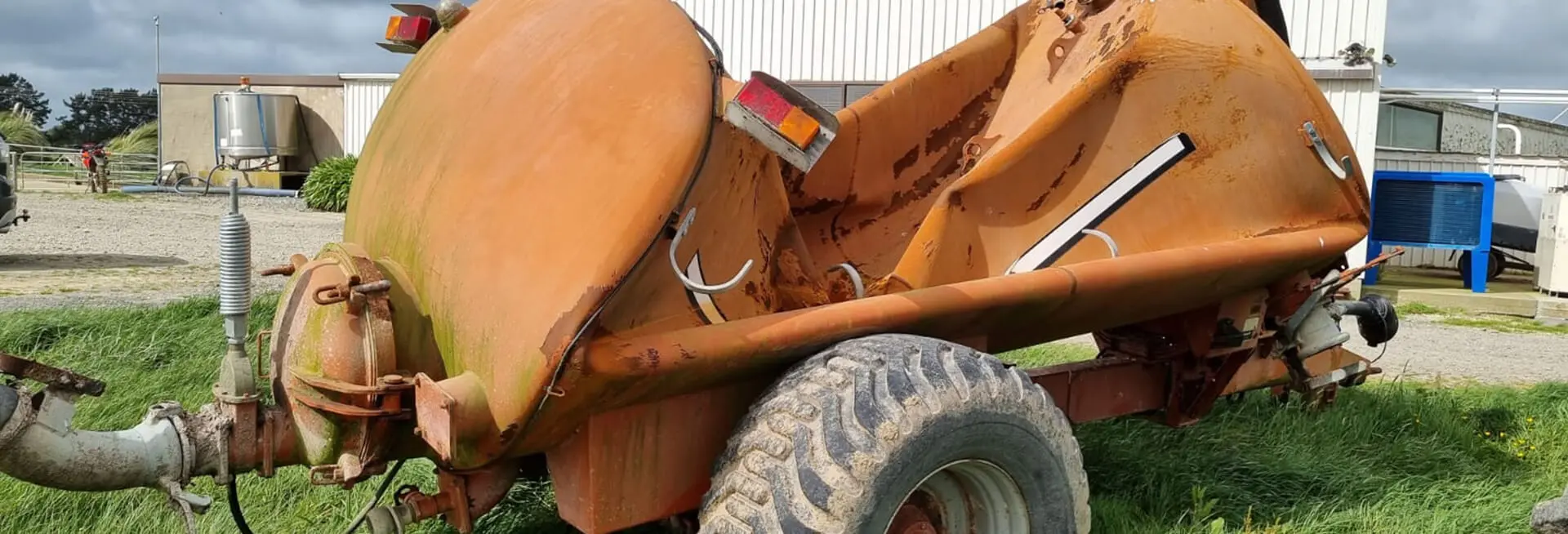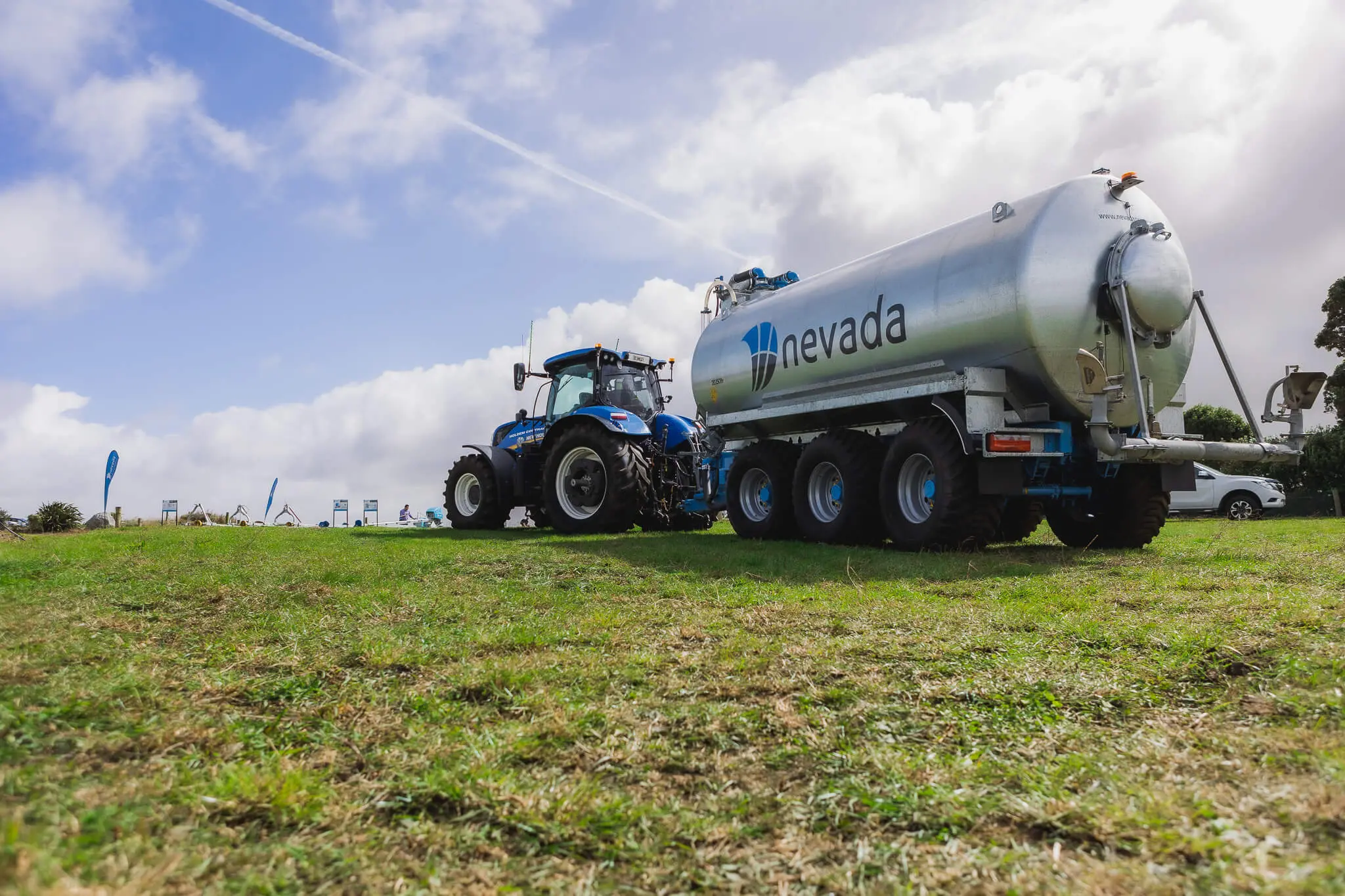Are you experiencing problems with your effluent pond because of record rainfall?
There are several factors that might be contributing to this problem, and we’ve outlined some below. There may be a simple solution to help you manage an unexpected capacity, but you need to act quickly to avoid compliance issues with effluent polluting waterways.
Effluent Pond positioning
If your effluent pond frequently floods during high rainfall, you may have placed your pond in the wrong location. You should never place your effluent pond in a place with a high water table, or where flooding is a major risk.
We also recommended drains to intercept run-off from surrounding paddocks.
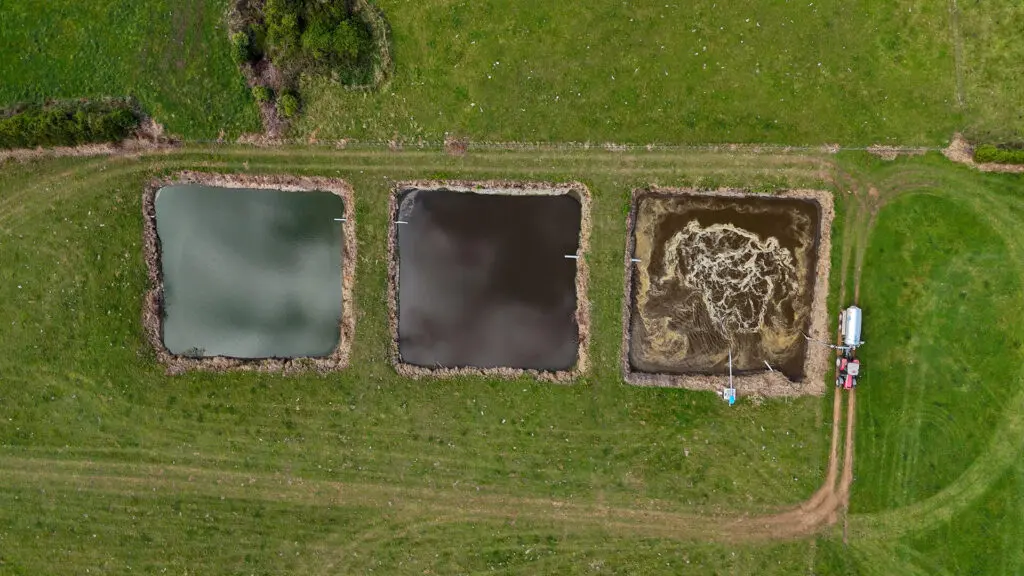
Sizing and sealing your pond
Your effluent pond needs to be sealed to prevent contaminants leaching into the groundwater. This could be plastic, rubber, or concrete liner, and that liner will need to meet the requirements of your local council. The team at Nevada can help you choose the best solution and pond type for your situation.
If you haven’t worked out the correct size for your effluent pond before you line, you could end up with a situation where your pond fills too fast and floods. Getting the experts at Nevada to accurately size your pond and advise on the best seal will help prevent a costly mistake.
Having additional storage space beyond your typical capacity is also useful for when your irrigator is out of commission or the farm is too busy for you to irrigate on schedule.

Managing your pond level
In their Farmer’s Guide to Managing Dairy Effluent, DairyNZ outline a schedule of ideal levels by season to help you effectively manage your pond levels. During winter, it’s important to keep the pond as empty as possible. If your pond is filling too quickly, look for ways to prevent stormwater from entering the pond. Where possible Nevada recommend you install a stormwater diverter.
Build a gauge down the side of your pond to show you the level of effluent. This will help you figure out when effluent needs to be managed.
Nevada have a new spreading method that enables farms to apply up to one million litres of effluent a day at depths of just 2 mm, if desirable. This allows farms to quickly regain storage capacity during fine weather.
Minimising effluent volume
Good farming practices will help you minimise effluent volume during times of high rainfall, as well as saving you time and money on handling and pumping. Here are a few ways you can minimise your effluent:
- Directing rainwater away from your ponds, including rainwater off yard roofs if allowed by your council.
- Before milking, pre-wet the yard. This makes the hosing-off process much quicker.
- Scrape away solids with a rubber scraper before hosing, to speed up the process.
- Manage your herd to limit the amount of time stock spend in the yards.
- A stormwater diversion system for the yards.
There are plenty more ideas for minimising effluent when your pond fills too fast in the our Farmers Guide to Managing Dairy Effluent.
If your pond fills too fast and you want to talk to an expert about your options, contact the team at Nevada. We’re New Zealand’s effluent specialists, and now were in Australia to help you come up with a solution.
